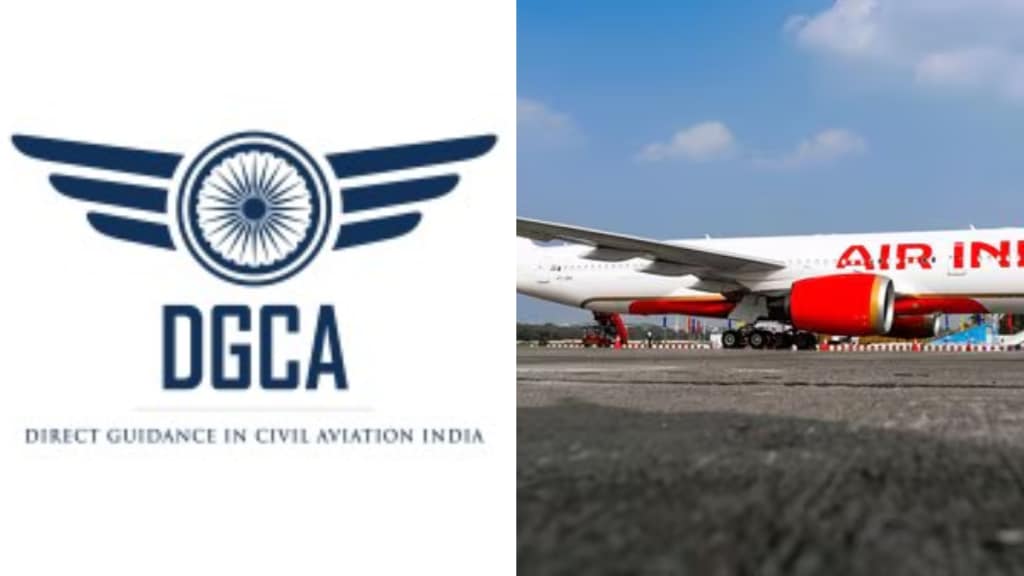The tragic crash of Air India’s Ahmedabad-London flight on June 12 has reignited concerns over India’s aviation safety framework. A parliamentary standing committee report, tabled in Parliament in March this year, had already flagged serious deficiencies in the sector—ranging from skewed budget allocations to chronic understaffing across key regulatory bodies.
The report by the Department-Related Parliamentary Standing Committee on Transport, Tourism and Culture, headed by JD(U) MP Sanjay Kumar Jha, raised alarms about the prioritisation of regulatory compliance over security and accident investigation infrastructure. The 375th report scrutinised the Ministry of Civil Aviation’s Demands for Grants for 2025-26 and found a stark imbalance in fund allocation.
The Directorate General of Civil Aviation (DGCA), which oversees regulatory compliance, was allocated Rs 30 crore—nearly half the total capital outlay. In comparison, the Bureau of Civil Aviation Security (BCAS) and the Aircraft Accident Investigation Bureau (AAIB) received Rs 15 crore and Rs 20 crore, respectively.
“In view of the growing complexity of aviation security threats and the critical nature of accident investigations, the Committee finds these allocations relatively modest,” the report stated.
The committee also highlighted severe staffing shortages that could compromise safety and efficiency. The DGCA had over 53% of its posts vacant (879 out of 1,633), while BCAS had a 35% vacancy rate. The Airports Authority of India (AAI), which manages airport infrastructure and air traffic services, had over 3,200 unfilled positions—roughly 17% of its sanctioned strength.
“The Committee is deeply concerned that chronic understaffing in these institutions could undermine safety, security, and service delivery standards,” the report noted, especially as air traffic continues to grow and the number of airports expands from 74 in 2014 to a projected 220 by 2024-25.
The panel urged the Civil Aviation Ministry to expedite recruitment and conduct regular performance evaluations to ensure that funding translates into measurable improvements in aviation safety and preparedness.

